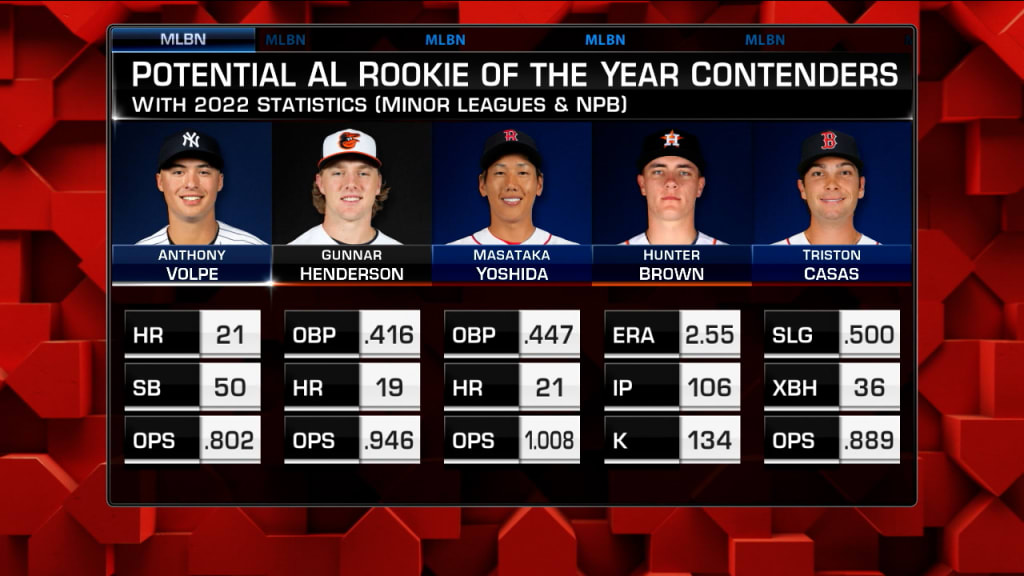10 Tips To Assess Player Statistics And Performance When Making Baseball Mlb Predictions
To make MLB predictions accurately, you must assess the player’s statistics. Here are ten tips to help you analyze player performance effectively:
1. Concentrate on the most important metrics such as hitting, slugging and earned run rate (ERA). Consider advanced metrics such as Wins Above Replacement, FIP (Fielding Independent pitching), and WOBA.
2. Examine Recent Performance: The current performance can be more telling than the averages of seasons. Consider recent games to assess the potential impact of a player in the future.
3. Examine Split Stats: Players may be different when facing right-handed or left-handed pitchers and at home or away. Analyzing these splits can give insight on how a player may perform under certain circumstances.
Review Injury Reports. Injury reports can impact performance significantly. Take a look at the latest injury information and recovery timespans to determine the way your player’s health will impact their performance.
5. Check the Plate Discipline. Measures like strikeout rates (K%) as well as walks rate (BB%) as well as contact rate and many other indicators will give you an idea of a batter’s behavior at the plate as well as the way he approaches. These are essential to determine if he’ll be successful in the coming years.
6. Take a look at defensive measurements For pitchers, the defensive support they receive can affect their performance. Examine defensive metrics and observe how a specific team’s defense is performing. It can affect pitchers’ stats, such as ERA and WHIP.
7. Examine the consistency of players Performance consistency over time is crucial to success in the future. Look for trends in a player’s stats across a number of seasons to gauge their reliability.
8. It is also important to take into consideration the effects of parks. Every ballpark is different and affects player performance in a different way. It is important to think about how road and home games impact a player’s stats. For instance, certain park are more favourable to pitchers than others.
9. Examine the context of the team. A team’s performance, as well as the quality of its opponents and teammates can affect a player’s performance. Take into consideration how changes in the lineup of your team or in the rotation can impact individual performance.
10. Utilize Historical Data. Historical performance in specific circumstances or against certain opponents could give valuable insights. Take a look at the past to find out the performance of a player in similar circumstances.
These suggestions can assist you get an informed view of the player’s performance and also make MLB predictions. Have a look at the best Baseball MLB Computer Picks for website advice including boston red sox news today, mlb astros, mlb base ball, mlb baseball team, all team mlb, atlanta braves atlanta braves, mlb news and rumors, news on phillies, baseball news, mlb for today and more.
Baseball Mlb Predictions: 10 Tips To Evaluate Pitching Matchups
To create accurate MLB forecasts, it is essential to evaluate pitching matches. Here are 10 methods to assess pitching matches effectively.
1. Compare Pitching Statistics: Analyze key pitching metrics like ERA (Earned Run Average) as well as the WHIP (Walks and Hits Per innings pitched) and FIP (Fielding Independent Pitching), strikeout rate (K%) and walk rate (BB percent). These metrics provide insight into a player’s effectiveness and regularity.
2. Check out recent performances Take note of how each pitcher is performing lately. Recent trends can give a more accurate indication of the pitcher’s form today than averages from the season. To better understand their current level of performance, look at their past three or four start.
3. Examine the performance of opponents Examine how each pitcher performed against the opposition’s team or lineup. The previous performance of a pitcher against an individual team or hitter could provide clues to how they’ll perform in upcoming matches.
4. Examine Pitching Styles: Know the different styles of pitching and arsenals of starters. Consider how the pitching style of a pitcher (e.g. the dominance of sliders or fastballs), compares to the strengths and weaknesses an opponent.
5. Take into account the ballpark effects: Different ballparks have different advantages for pitchers and hitters. Examine how the characteristics of the ballpark (e.g., dimensions, altitude) might influence the performance of a pitcher.
6. Be aware of any injuries or fatigue. Be aware of any fatigue or injury which could impact the performance of the pitcher. This includes observing for recent injuries or signs of overuse, such as the high pitch count or recent intense outings.
7. Analyze Support Defensive: Evaluate defensive capabilities for each team. A strong defense will greatly affect the performance of a pitcher who is starting.
8. Review the Pitch Workload and Count: Take note of the pitch count of each pitcher’s last game and workload. Pitchers with a lower workload may have less fatigue.
9. Think about Pitcher vs. Hitting Matchups. Take a look at how the individual hitters do against each starter pitcher’s particular pitches. Certain hitters excel against specific pitch types or have strong historical performance against specific pitchers.
10. Take into consideration the managerial decisions: Think about how they might handle changes in pitching style and utilize their bullpen. Managers who are aggressive with their bullpen use or who have large bullpens might be able to influence the outcomes of a game, particularly if they are able to pull the pitcher out early.
These tips will help you make better predictions of MLB pitching matches and improve your accuracy. Read the top MLB for site info including braves game tonight, mlb astros, atlanta braves game today, news phillies, mlb news and rumors, braves baseball today, cincinnati reds news, atlanta braves games, baseball mlb news, atlanta braves phillies and more.

Baseball Mlb Predictions? Here Are 10 Suggestions On How To Use Historical Trends And Head-To-Head Records When Making Predictions
Assessing historical trends and head-to-head records is crucial for making accurate MLB predictions. Here are ten methods for analyzing these aspects.
Check the Head-to–Head records Check out the overall head–to–head record between each team. These matchups are a great opportunity to get an idea of how each team’s performance.
2. Analyze the recent trends in head-tohead matchups. Focus on the games that have been played between the teams. Recent trends in head-to-head contests are more important than averages from the long run because of changes to team rosters and levels of performance.
3. Examine the pitcher vs. Batter The past: Study the performance of specific pitchers against key hitters on the opposing team. Historical success or failure in these matchups can provide clues to the possible outcomes.
4. Review Look at Home and Away Records. Evaluate the team’s performance in head-to-head games. Some teams will be better at home than away from home.
5. Examine recent form, trends and Performance: Review the recent performance of teams such as the win-loss ratio and run differential as well as any patterns or trends that are evident. Recent performances can influence how a team’s performance in the coming game.
6. Factor in Team changes: Any roster change (such as injuries, trades or calls ups) could have a major influence on the historical trend. Roster changes may affect team dynamics and impact head-to-head performances.
Examine the managerial strategies of managers: See how managers differ with respect to their approach to specific adversaries. The managerial strategy, like the lineup and pitching decisions made, can have a significant impact on the head-to-head results.
8. Review performance during crucial situations. Examine the way each team performs in critical situations like playoff games, or when under pressure. Historical performance in these situations can provide valuable context.
9. Look at historical data for key Players: Examine the performance of the key players in head-to-head matches. It is possible to influence the outcome of a game by looking at the past information.
10. Look at Long-Term Trends: While recent trends are crucial, don’t overlook the long-term data from history. Comparing the performance of teams against each other over several seasons will reveal patterns and trends.
When you incorporate this data into your analysis, it will be easier to comprehend the effects of previous trends on the future MLB games.

